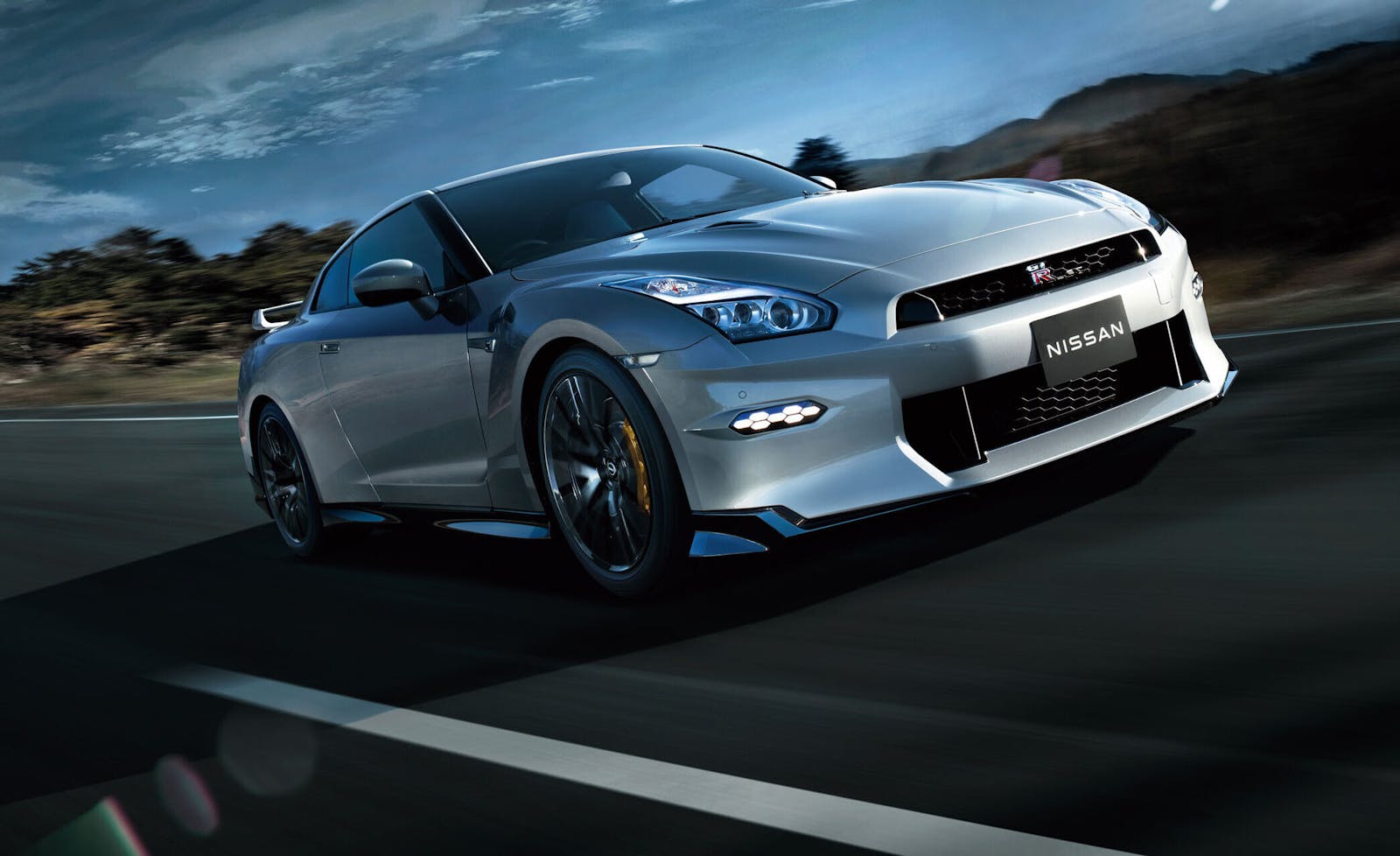Media | Articles
Racing’s darkest day: June 11, 1955
Sixty-four years ago, on June 11, 1955, the worst incident in motorsports history took the lives of 82 people, mostly spectators, when Pierre Levegh’s Mercedes-Benz racer went airborne and into the stands at the Circuit de la Sarthe, at Le Mans, France. Levegh (born Pierre Boulin) was thrown from the car, crushing his skull, while his Mercedes-Benz broke into pieces, scything through the crowd.
Levegh, who came close to winning the 1952 race, was offered a factory ride by Mercedes-Benz in 1955: its magnesium bodied, air-brake equipped 300SLR. Levegh’s skills had diminished with age and some felt the car was beyond his capacities. While the 300SLR had a retractable air-brake, Mike Hawthorn’s Jaguar D-Type had state-of-the-art disc brakes, allowing him to slow his speed quicker than the other drivers.
On the 35th lap, Hawthorn was racing the great Juan Manuel Fangio, also in a Mercedes, for the lead, and was about to pit per his team’s directions. Hawthorn had just lapped Levegh, who was then in sixth place, and as the British driver approached the pits, he overtook Lance Macklin, in an Austin Healey 100S.
[In the 1950s, the Le Mans course still had exposed pits at the right hand side of the starting straight, with the road narrowing as it passed the pits on one side and the grandstand on the other. Drivers just pulled into their pit, and then pulled right back onto a hot racetrack, with no acceleration or deceleration lanes. Just before the main straightaway was a slight righthand kink in the road.]
Marketplace
Buy and sell classics with confidence
Macklin moved to the right, allowing Hawthorn to pass, but Hawthorn braked suddenly and pulled right, into his pit. Macklin was taken by surprise by how quickly the disc brake-equipped Jaguar slowed, and he pulled further to the right, putting two of his tires off the racing surface. He quickly corrected, but that resulted in a brief slide across the road to the left, putting his car right in front of Levegh, who was closing at over 120 mph.
Macklin’s Austin Healey had a rear end that tapered down behind the rear wheels. Levegh’s right-front tire rode up on the left rear of Macklin’s car, which acted as a ramp and launched the 300 SLR into the air. Because the collision happened right at the kink in the course, that sent the Mercedes directly towards the grandstand.
Levegh’s car hit the berm between the spectators and the track, bounced, and then disintegrated as it hit a concrete stairwell. The engine, radiator, and front suspension continued for another 330 feet, mowing people down, while the hood of the car decapitated tightly packed spectators. The rest of the car landed on the embankment, causing the fuel tank to rupture and explode. Magnesium is flammable, and the bodywork burst into flames, showering the crowd with white-hot burning metal. Unknowing rescue workers, unfamiliar with metal fires, tried to put out the fire with water but only made the conflagration worse. Levegh’s car burned for hours.
The race continued, supposedly to keep spectators off the roads and allowing ambulances to convey the wounded to hospitals. Hawthorn won, but his victory was tainted by the tragedy. He would later die in a road accident in the UK driving a Jaguar, ironically while overtaking a Mercedes-Benz.
As a result of the outcry that followed the Le Mans tragedy, the German Grand Prix that year was cancelled, Spain and Mexico temporarily banned racing, and Switzerland slapped a ban on auto racing that continues to this day. Two years later, Alfonso De Portago went off the road in Italy’s Mille Miglia rally, killing him, his passenger, and nine spectators. That same year, a Mercury went into the crowd in a NASCAR race in Virginia.
All of that carnage prompted American automobile manufacturers to withdraw their public support for racing. While back-door support continued, that formal ban lasted until 1962, when Henry Ford II got behind Ford Motor Company’s “Total Performance” marketing slogan in a big way, returning to NASCAR and running Ford V-8s at the Indy 500.
It would be more than a decade before organizers of the Le Mans race created a proper pit lane and ended the traditional but dangerous race start, with drivers running across the live track to their cars waiting in the pits.










